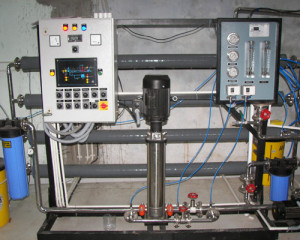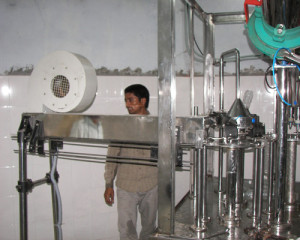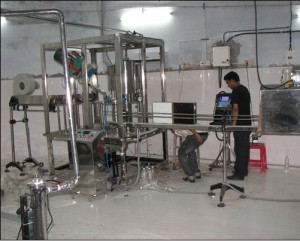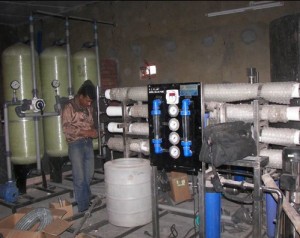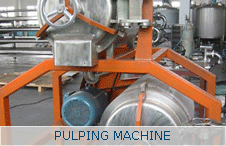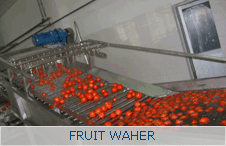If a mineral water plant project is undertaken then the first and foremost consideration would be finding out the capacity of the mineral water plant. In order to have a better idea on it, one needs to study the market better and to contact the sellers of the packaged drinking water. 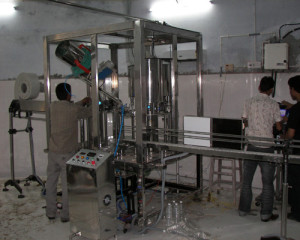
It would be a wise idea to meet the wholesale distributors first and make them aware that a packaged drinking water plant is in the making and a new brand is in the process of coming in the market. The relevant queries you should make in this respect include the following,The quantity of orders you are likely to receive.
what would be the price to be offered to you for one crate (Say…1 crate=24 bottles)
How would be the demand for the water during the peak seasons
What would be the demand during cold and rainy seasons
It might seem that it would be a rather easier option to have straigh t answers to the questions but they are not that easy as they seem, rather a cordial and deep relationship needs to be developed in order to have the right set of answers to the queries. However, that is all about marketing and one who is from the domain would surely do well to find the answers.
t answers to the questions but they are not that easy as they seem, rather a cordial and deep relationship needs to be developed in order to have the right set of answers to the queries. However, that is all about marketing and one who is from the domain would surely do well to find the answers.
Another important aspect would be finding the wholesalers; actually the right ones and browsing the market thoroughly will get easy access to the most significant ones. Once, this objective is achieved, half of the work is done. The next step would be deciding on the proper mineral water plant layout and then the setting up measures would commence immediately.

